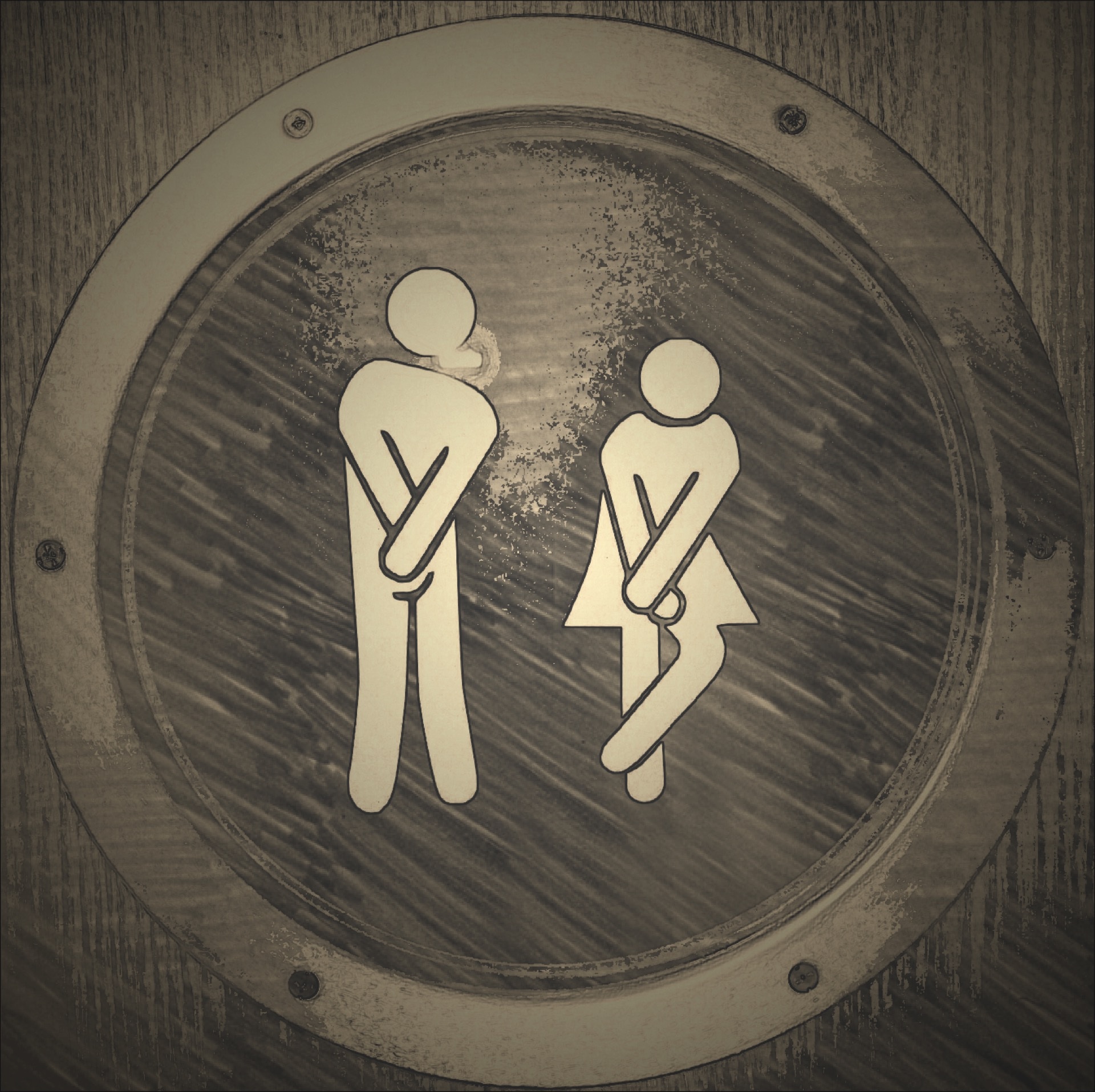
Top 7 Overactive Bladder Treatment Options to Try
It’s important to know all your options before starting treatment for your OAB. Keep reading for top 7 overactive bladder treatment options to try.
Are you bothered by having to urinate often? Does it interfere with your work or participation in activities? You are not alone.
About 40% of American women have problems with an overactive bladder (OAB). Many people feel embarrassed and reluctant to talk to their doctors about it. Your healthcare provider can provide overactive bladder treatment to decrease the problem.
Keep reading to learn about treatment options available to you.
Signs That You May Have an Overactive Bladder
You may hear “overactive bladder” and think it means you have to urinate a lot. In fact, OAD can cause several problems. The following are some common symptoms.
- Urgency – this describes a sudden feeling that you need to urinate. Individuals often have trouble controlling this urge.
- Urgency incontinence – this involves the involuntary release of urine right after you feel the need to urinate.
- Frequency – individuals with OAD may have to urinate eight or more times in a 24 hour period.
- Nocturia – this means that a person wakes up to or more times during the night because they need to urinate.
- Abdominal pain – some people feel abdominal pain as the bladder fills and pushes on the abdominal muscles.
If these symptoms only occur occasionally, there’s probably no need for concern. OAD presents with ongoing symptoms that create a disruption in your life activities.
What Causes OAB?
OAB can be caused by several different factors. This includes the following.
- Drinking excess fluids – the more fluids you drink, the more your body will need to expel urine.
- Obesity – increases the weight pushing on the bladder. This can make you feel like your bladder is full more often because it can’t fully expand.
- Medications – some drugs have side effects that can increase your frequency of urination. Examples include muscle relaxants, narcotics, antihistamines, and diuretics.
- Caffeine – if you have OAB, caffeine can increase your urgency and frequency. Avoid caffeinated coffee, tea, and soda.
- Urinary tract infections – often cause urgency, frequency, and lower abdominal pain. If bacteria gets into the urethra and bladder, an infection can develop, often requiring antibiotics.
- Abnormalities in the bladder – this is less common, but often more severe. Examples include a small bladder, tumors, or stones in the bladder. Strokes and multiple sclerosis can also impact bladder function.
- Diabetes – often presents with urinary frequency and nocturia. Blood sugar levels can impact urination frequency.
- Declining cognitive functions – this may disrupt signals from the brain. This can interfere with recognizing the sensation that it’s time to empty your bladder.
Many of these causes are fairly easy to treat with lifestyle changes and/or proper medical care.
Approaches to Overactive Bladder Treatment
The American Urological Association recommends the following approaches to treating OAB.
1. Behavioral Therapy
Behavioral therapies include four basic steps. Bladder training and bladder control strategies may involve urinating on a schedule. The goal is to “train” your bladder to wait and then empty completely.
Pelvic floor muscle training, such as Kegel exercises, help strengthen the muscles and improve control. Regulating your fluid intake can help prevent the overfilling of your bladder. Limiting fluids before bedtime can help decrease nocturia.
2. Medications
Your practitioner may prescribe anti-muscarinic or oral β3-adrenoceptor agonists. These medications can help with urinary incontinence. You may be given an oral medication or a patch or gel.
3. Peripheral Tibial Nerve Stimulation
The peripheral tibial nerve stimulator (PTNS) provides a low-risk and non-surgical treatment option. The PTNS sends electrical impulses to the sacral nerve plexus that stimulate the bladder and pelvic muscles.
During treatment, you sit in a chair with one leg comfortably elevated like in a recliner. A thin needle electrode is placed near your tibial nerve by your ankle. Mild electrical impulses travel through the tibial nerve to the sacral nerve plexus.
Stimulating these nerves and muscles can change bladder activity. This treatment is performed repeatedly over a 12-week period. The patient should have noticeable improvement following treatment.
4. Sacral Neuromodulation
Sacral neuromodulations (SNS) offers a reversible treatment. This is used for individuals with severe OAB that haven’t responded to or can’t have other treatment options. A small device sends electrical impulses to the sacral nerves.
The sacral nerves, located just above the tailbone, control the bladder, sphincter, and pelvic floor muscles. These muscles and organs function to provide bladder control. The electrical stimulation strives to decrease or eliminate bladder-control problems.
5. Intradetrusor OnabotulinumtoxinA
Intradetrusor OnabotulintoxinA involves the injections of botulinum toxin A into the bladder detrusor muscles. The goal is to control OAB. Studies have shown that patients experience symptom relief lasting between 6 and 12 months.
If symptoms return, the procedure can be repeated no sooner than 12 weeks after the prior injection.
6. Surgical Treatment
Some rare cases require surgery to control OAB. Augmentation cystoplasty or bladder augmentation makes the bladder larger. When the bladder has been enlarged, it can hold more urine.
Urinary diversion involves creating a new route for the urine to leave the body. This is helpful if there’s a blockage to the flow of urine.
7. Indwelling Catheter
If no other treatment has proven successful, an indwelling catheter is a last resort. It’s not recommended due to the risks associated with long-term catheterization.
Do You Have Trouble Due to an Overactive Bladder?
Are you having to frequently stop what you are doing to go urinate? Are you having trouble getting a good night’s sleep because you must get up and go to the bathroom?
If so, talk to your healthcare provider. They can help find the right overactive bladder treatment for you.
Peter M. Lotze MD, FACOG, FPMRS is a urogynecologist specializing in pelvic health. If you are experiencing symptoms of OAB, Dr. Lotze can help diagnose the cause and provide treatment options.
Dr. Lotze provides unique, individualized treatment recommendations to fit your specific needs. Contact our office today to ask questions and make an appointment.



